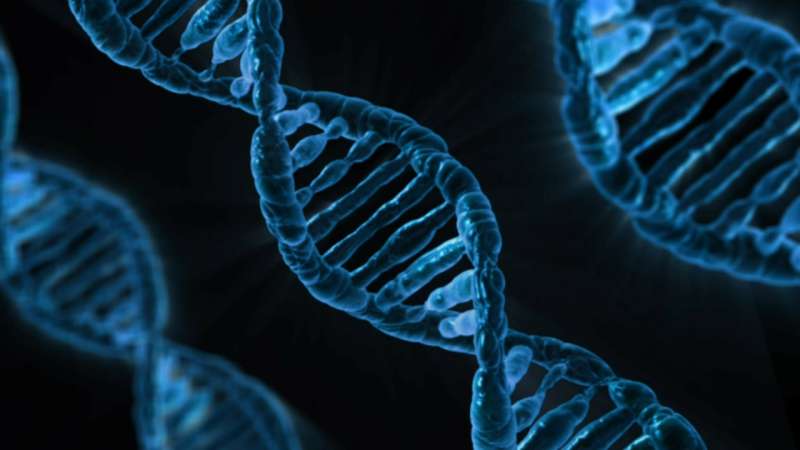How our cells use mother's and father's genes

Researchers at Karolinska Institutet and Ludwig Institute for Cancer Research have characterized how and to what degree our cells utilize the gene copies inherited from our mother and father differently. At a basic level this helps to explain why identical twins can appear rather different, even though they share identical genetic makeup. With this knowledge we will better understand the variation in outcomes of genetic disorders.
Humans have two copies of all autosomal genes, one inherited from the mother and one from the father, and often the two copies are not perfectly identical due to small differences in their DNA sequence. Therefore, variation in the utilization of the two copies in cells has functional consequences, but the nature and patterns of their gene copy utilization has remained largely unknown. Now, the researchers have provided answers to this longstanding question in molecular genetics. They used allele-sensitive gene expression analyses, so called "single-cell RNA-sequencing", on the newly divided cells to characterize the dynamics of gene copy expression in mouse and human cells in remarkable detail.
"Our experiments allowed us to determine which genes get locked into expressing only one gene copy and which genes that dynamically switches between the two gene copies over time", says Björn Reinius, at the Department of Cell and Molecular Biology one of the lead authors of the study published in the journal Nature Genetics.
Non-identical genetic
In genetics, the two gene copies are referred to as the two "alleles" of each gene. Indeed, DNA differences in the mother's and father's genomes explain why siblings can appear physiologically rather different from each other, as the siblings inherit different sets of alleles and thereby have non-identical genetic makeup. However, even between so-called identical twins, which carry precisely the same set of alleles, there are still differences in manifestation of some genetic traits. For example, sometimes only one of two twins suffers the effects of a genetic disorder – even though both twins carry the same disease allele. Historically this was mainly explained by variations in external environment and life history. However, since the last few decades we know that purely random molecular events taking place inside the cells can actually affect how and when the set of alleles are expressed. The mother's allele of a certain gene may be expressed in some of the individual's cells while the father's allele is expressed in other cells of the very same individual. Whether this "choice" of expressed allele tends to be forwarded through cell division or whether the allelic choice takes place independently in each cell again and again over time has remained unknown.
Patterns flicker
These competing scenarios would result in crucially different physiological outcomes; since the first results in patches of cells in the body having the same set of expressed alleles, while the other scenario results in allelic expression patterns that "flicker" between the mother's and father's gene copies over the coarse time. The results of the present study, demonstrate that most autosomal genes dynamically fluctuate in expression of the two alleles, while only as little as 0.5–1% of genes are fixed into expressing only one.
"The knowledge gained from this detailed study on the nature of gene transcription will help researchers and medical doctors to better understand and model the mechanisms underlying variable outcomes in genetic disease", says Rickard Sandberg, at the Department of Cell and Molecular Biology at Karolinska Institutet and the Ludwig Centre for Cancer Research, who supervised the project.
More information: Björn Reinius et al. Analysis of allelic expression patterns in clonal somatic cells by single-cell RNA–seq, Nature Genetics (2016). DOI: 10.1038/ng.3678















